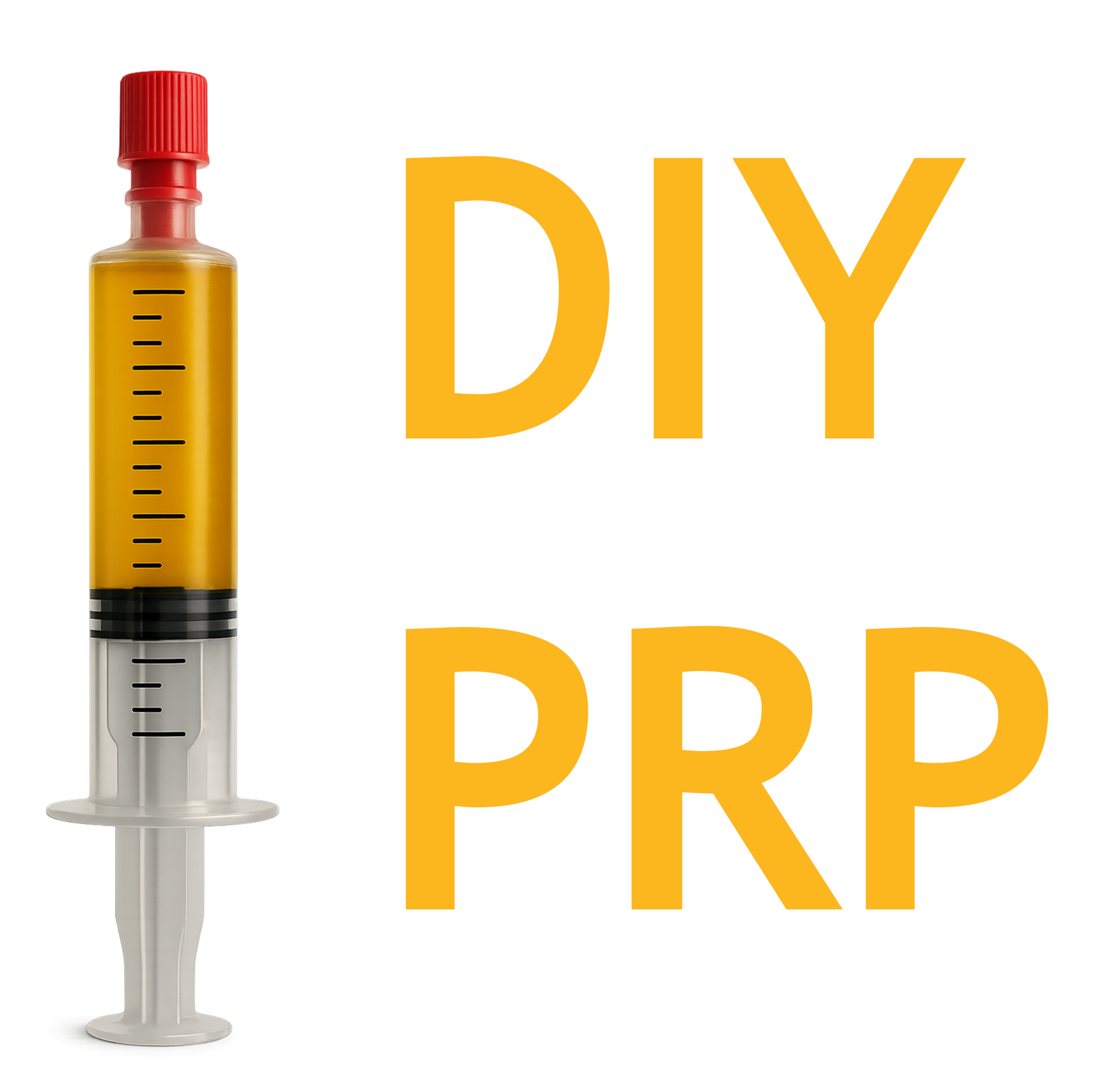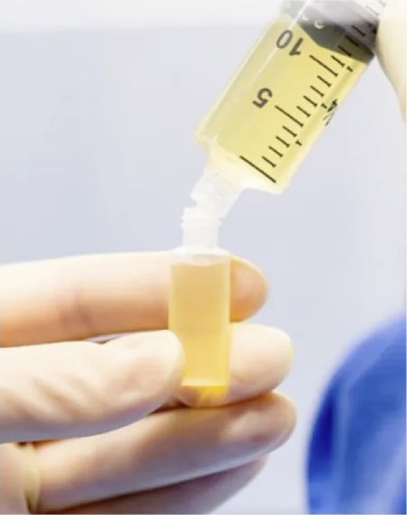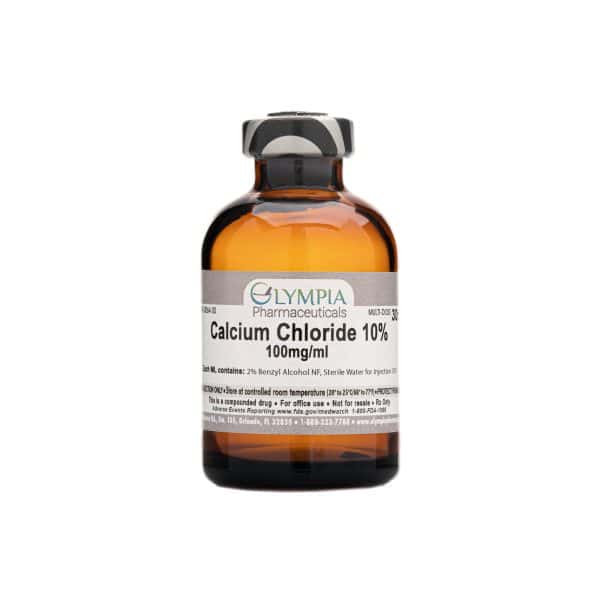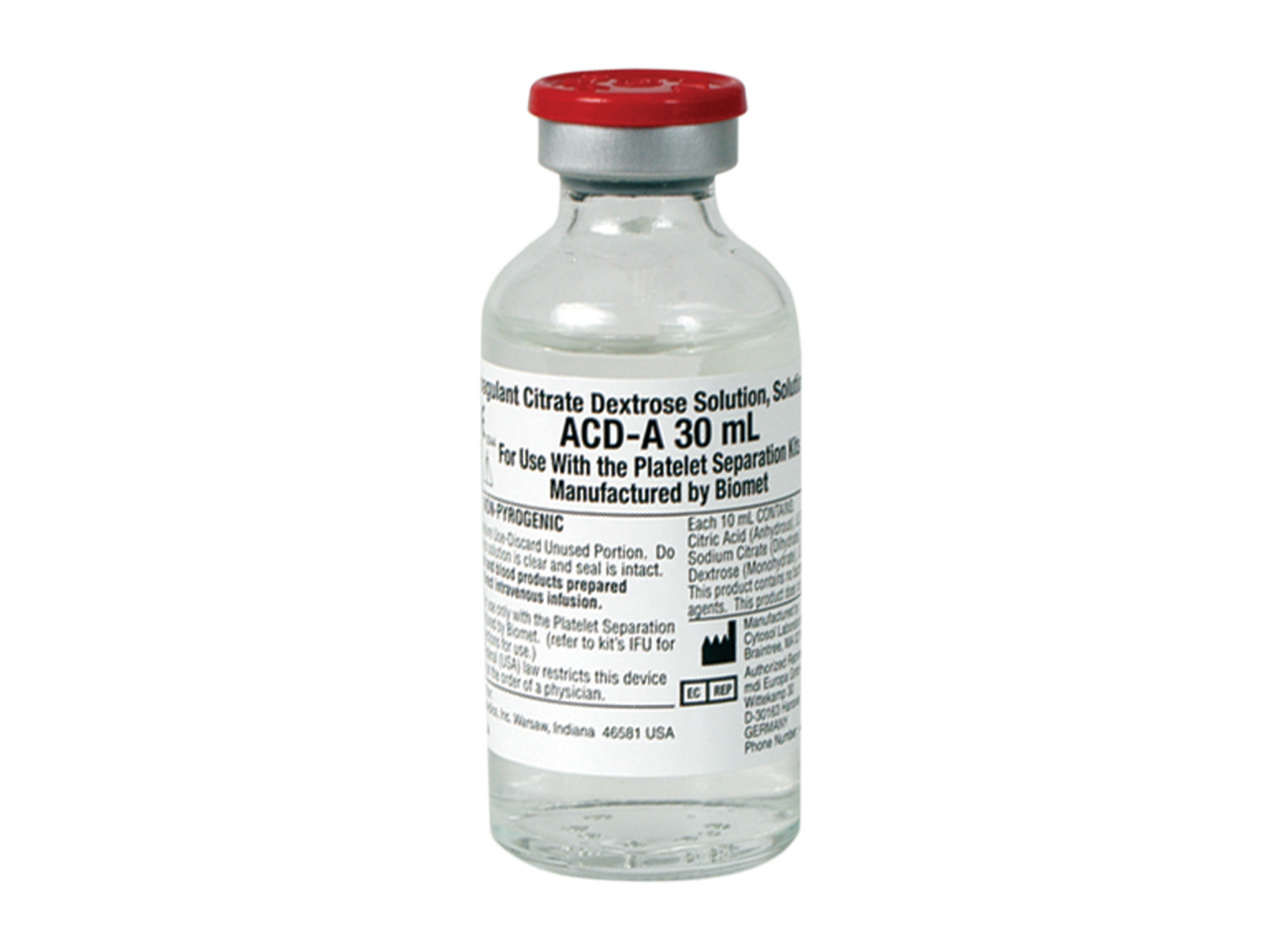Category: Research
-

Preparation of Autologous Thrombin Serum (ATS) for Platelet Activation
Learn how to safely prepare autologous thrombin serum (ATS) from platelet-poor plasma using 10% calcium chloride for superior PRP activation in muscular and tendon applications.
-

10% Calcium Chloride Formulation
This article explains how to prepare and use 10% calcium chloride for PRP therapy, with a focus on its role in creating autologous thrombin serum (ATS) for muscle and tendon repair. It also contrasts its use with calcium gluconate in intraarticular applications.
-

Comparing PRP Anticoagulants: Why ACD-A Is the Gold Standard
This article compares the most common anticoagulants used in PRP preparation and explains why ACD-A offers superior platelet preservation and clinical safety across both LP-PRP and LR-PRP protocols.
-

Choosing the Right Platelet Activator: A Comparative Analysis of PRP Activation Methods for LP-PRP and LR-PRP
This article explores how different PRP activation methods—chemical, mechanical, thermal, and ultrasonic—affect therapeutic outcomes in LP-PRP and LR-PRP applications. It makes a clinical case for calcium gluconate in joints and autologous thrombin in muscle repair.
-

Welcome to DIYPRP: A New Standard for Autologous Platelet Therapy
Discover the mission behind DIYPRP: a closed-loop, physician-grade system for preparing high-quality leukocyte-poor PRP. Built for intra-articular applications, solo operators, and serious regenerative medicine enthusiasts.





